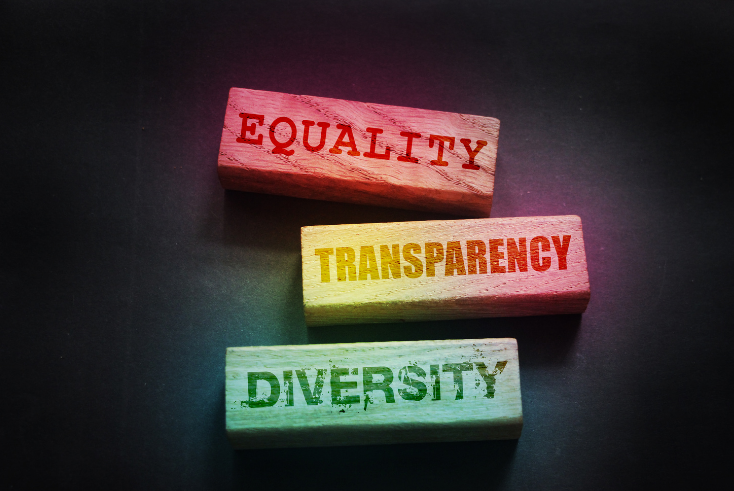Conscientious media planning

Nnamdi David, head of strategy for Mediahub UK, urges media investment in more diverse voices and UK publishers
I believe there are two ways to answer the question of whether brands should advertise on channels and publications that don’t fully align with their values. For me the answer is no, the reasoning however is up for debate.
The first argument is one of media context and brand behaviour.
Jeremy Bullmore famously said that, “brands have a body language; and it’s a language we understand. The best brand stewards encourage their potential customers to deduce character not just from claim and assertion – from presentation – but from transitive action: from brand behaviour.’’
Rightly or wrongly, brands are beginning to identify the purpose of their products or services beyond their immediate need.
Purpose marketing is also very lucrative. The day after the Colin Kaepernick advert, Nike saw a 31% surge in sales, and its stock price the following year soared by 5%, equating to roughly a $6 billion profit.
Other brands such as Persil and Dove have taken a stance and seen improvements to their bottom line, which illustrates it’s more than just doing the right thing, it also appears to be a very viable way to incrementally attract new customers, as well as build brand affinity through standing-up for causes close to their hearts.
Conscientious brands broadly produce conscientious products and services, and conscientious messaging.
If we want to create a consistent consumer experience through communications, then the media bought should ultimately follow suit.
Consistency is key
We as the media practitioner need to do better. We’re living in a time where diversity and inclusion have infiltrated common conversation, however, hand on heart could we definitively say that we’re producing media plans that truly reach and serve the diverse society we have in the UK?
Conscientious media planning, that invests media dollars into diverse voices and publishers in order to create a more inclusive media plan, should be at the top of our agenda and should ultimately be adopted across the industry.
Good media planning ensures that there is a coherent connection between inclusive businesses, inclusive advertising and inclusive media.
Another reason why we’re not seeing the level of diversity in media expected currently, is Trading Deals.
Agency trade deals have enabled clients to buy media they were already expected to buy at a more cost-efficient price. Through consolidation of budgets they create economies of scale and security for clients and major publishers.
[advert position=”left”]
They are key requirements in pitches and media buying clout is both a tablestake as well as a differentiator. However, the losers from these deals are diverse and independent publishers, who can’t offer the same trading benefits, and subsequently the breadth of the media plan suffers.
I’ve focused on diversity and inclusion in this argument, because we’ve seen a statement of intent in the industry in addressing D&I in advertising, explicitly the ads themselves.
For me, my frustration lies in why this has taken so long. If the ads being created and the products and services are demonstrating that they are allies of D&I, shouldn’t the environments and publications we buy reflect that?
That means buying from more diverse and inclusive publishers and not relegating them to the somewhat problematically named ‘blacklist’/long tail. For me this is just good media practice.
This is the pragmatic, practitioner’s argument on why media professionals should advertise in places and spaces that inherently reflect the values of the brands we serve.
Aligned to this we have a duty of care
Since 2017, when The Times published a report that brands had been funding extremism by advertising on YouTube, media companies, and the big social media platforms have come under real scrutiny for doing little to stop misinformation, funding terrorism, improper content being shown to kids, division and lack of diversity.
A credible solution that has had some success has been to limit advertising dollars, leading to much more harmful PR, negative consumer sentiment and potential legislative action.
In the summer of 2020 we saw brands banning advertising on Facebook as part of the ‘Stop Hate for Profit’ campaign, we’ve also seen similar success from charities such as ‘Stop Funding Hate’.
Hurting the wallets of these businesses still appears to be the best way to drive progress in media beyond ensuring we have more conscientious media plans.
We the media professionals have ignored the cries of conscientious media for too long, and whilst our media plans have delivered, it’s time to consider what else has suffered.




